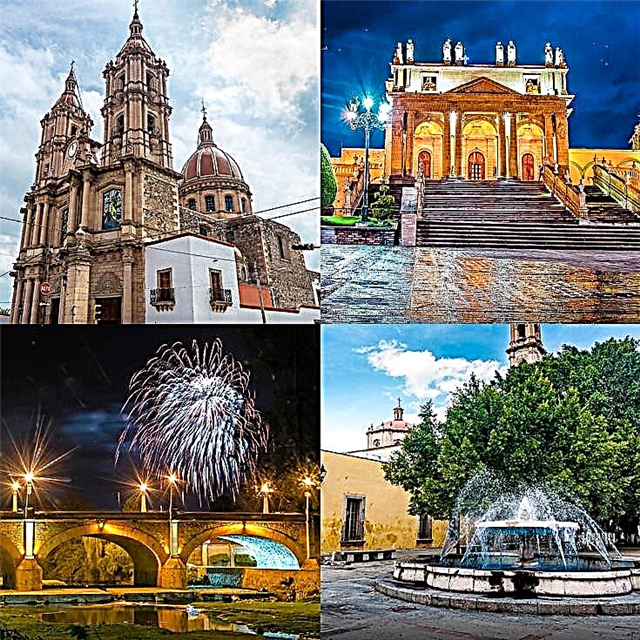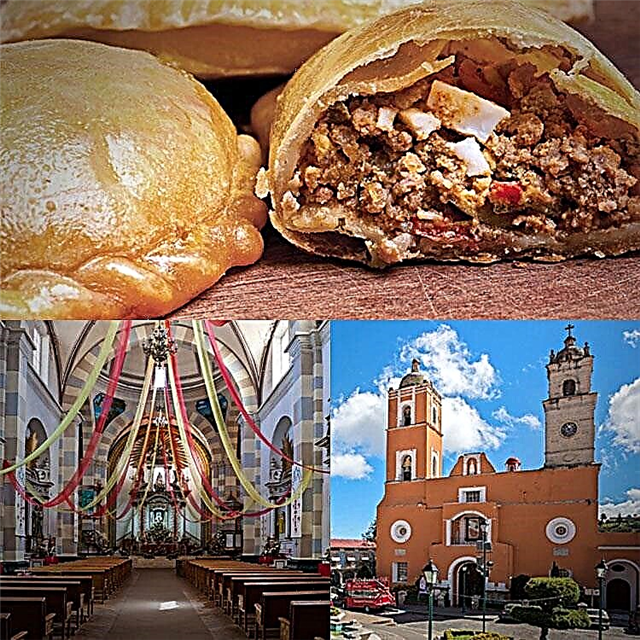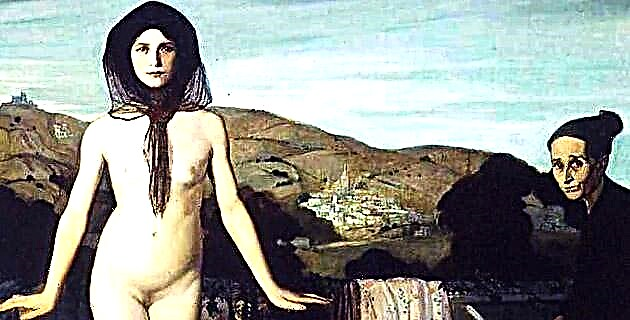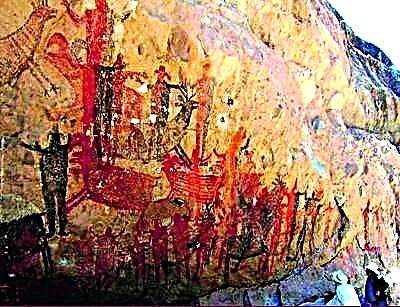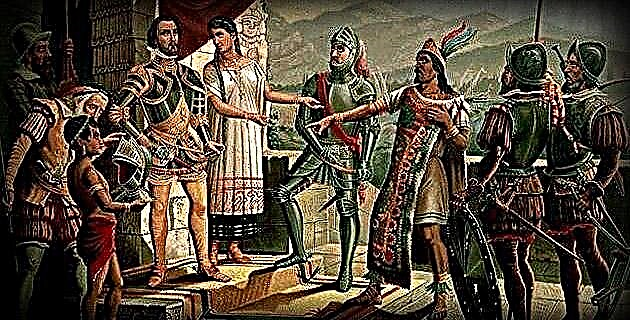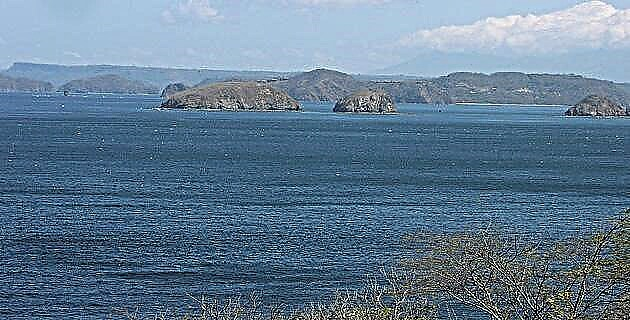
The Lacandon Jungle, that fantastic territory inhabited by the ancient Mayan culture, has always attracted the attention of great travelers, scientists, anthropologists, archaeologists, historians, biologists, etc., who for more than a hundred years have been drawing the light of the hidden treasures that the jungle protects: archaeological sites devoured by vegetation, abundant and wonderful flora and fauna, impressive natural beauties ...
The Lacandon Jungle constitutes the western limit of the tropical jungle called Gran Petén, the most extensive and northern in Mesoamerica. The Greater Petén is made up of the jungles of southern Campeche and Quintana Roo, the Lacandon Jungle of Chiapas, including the Montes Azules Biosphere Reserve, and the jungles of the Guatemalan and Belizean Petén. All these areas make up the same forest mass that is located towards the base of the Yucatecan peninsula. The jungle does not exceed 500 meters above sea level, except for the Lacandon region, whose altitudinal range goes from 100 to more than 1400 meters above sea level, making it the richest in biodiversity.
Currently the Lacandon Jungle is divided into different areas of protection and exploitation, although the latter dominate the former, and day by day more and more hectares of this wonderful ecosystem, unique in the world, are looted, exploited and destroyed.
Our exploration, supported by the Conservation International organization, is carried out within the Montes Azules Biosphere Reserve; The objective was to visit the highest and mountainous region, where the fantastic lagoons El Ocotal, El Suspiro, Yanki and Ojos Azules (south and north) are located, and in a second stage navigate the Lacantún River to the mythical and legendary Colorado Canyon , on the border with Guatemala.
So, wrapped in the morning fog, we left Palestine for Plan de Ayutla; On the way we met several peasants who were going to the fields; Most of them have to walk three to four hours to reach the cornfields, coffee trees, or gum trees where they work as day laborers.
In Plan de Ayutla we located our guides and we immediately set off. As we advanced, the wide dirt road turned into a narrow muddy path, where we plunged down to our knees. The rains came and went suddenly, as if we were crossing a magical border. From the crops we went to the thick of the jungle: we were penetrating the high evergreen forest that covers most of the reserve. As we ascended the abrupt relief, an incredible vegetal vault stretched above our heads, painted in the most varied green and yellow tones imaginable. In this ecosystem, the largest trees reach 60 m in height, the dominant species being the palo de aro, canshán, guanacaste, cedar, mahogany and ceiba, from which very long lianas, lianas, climbing plants and epiphytic plants hang and intertwine. , among which bromeliads, araceae and orchids abound. The lower strata are populated with umbrophilic herbaceous plants, giant ferns and thorny palms.
After a long ascent crossing endless streams, we reached the top of a great plateau: we were on the shores of El Suspiro lagoon, which is covered with jimbales, intricate ecosystems that develop on the banks of rivers and the lagoons, where thick tulars grow, home to the white heron.
While we were frightening the mosquitoes, a muleteer had problems with one of his donkeys, which had thrown the load. The owner of the beast was called Diego and he was a Tzeltal Indian who is dedicated to trade; He uploads food, soft drinks, cigarettes, bread, toothpaste, cans, etc., and he is also the postman and errand boy for the army detachment located on the banks of the Yanki lagoon.
Finally, after eight hours of walking through the dense jungle, we arrived at the Yanki lagoon, where we set up our camp. There also our friend Diego extended his stall, where he sold merchandise and delivered letters and other orders to the military.
The next day, with the first rays of the sun lifting the thick mist from the lagoon, we began our exploration of the jungle, guided by three indigenous people who collaborate with Conservation International. Once again we went into the jungle, first we boarded an old raft and paddled to one of the banks of the Yanki lagoon, and from there we continued on foot, crossing the jungle.
The vegetation of this area is very peculiar, since 50% of the species are endemic; The surroundings of the lagoons are covered by high mountain rainforest, populated by ceibas, palo mulato, ramón, zapote, chicle and guanacaste. Pine-oak forests grow in the higher mountains that surround the lagoons.
After two hours we reached the lagoon. El Ocotal, an incredible body of water that the jungle has protected for thousands of years, the water is clean and clear, with green and blue tones.
By noon we return to the Yanki lagoon, where we spend the rest of the day exploring the tulares that grow on the banks. Here the white heron abounds and it is very common to see toucans; The natives say that during the afternoons the peccaries swim across.
The next day we returned to navigate the Yanki lagoon for the last time, and starting from another of its ends we began the walk towards the Ojos Azules lagoon; It took us about four hours to get there, going down a huge canyon that empties into the lagoon. In our path we find a gigantic plant called the elephant ear, which can cover four people completely. Descending through a muddy path we reached the shore of the Ojos Azules lagoon; for many the most beautiful for the intense blue color of its waters. We promised to return, perhaps with a couple of kayaks and scuba gear to explore the bottom of these magical lagoons and find out more about their secrets.
Without much time to lose, we began our way back, ahead of us a very long day of twelve hours, making our way with machete in hand and fighting against the quagmire; we finally arrived at the town of Palestina, from where, in the following days, we would continue with the second part of the expedition to the last border of Mexico: the mouth of Chajul and the Lacantún River, in search of the mythical Colorado Canyon ...
THE LAGOONS EL OCOTAL, EL SUSPIRO, YANKI AND OJOS AZULES
These fantastic lagoons are located in the north of the Montes Azules Reserve, on the El Ocotal plateau, and together with those of Miramar and Lacanhá, in the central-west portion respectively, they make up the most important bodies of water in the reserve.
It is believed that this area was a refuge for plants and animals during the last ice age, and that at the end of this the species dispersed and populated the challenge of the region.
These bodies of water are very important for ecosystems, since the high rainfall and the morphology of the terrain allow the water table and caustics to recharge.
Photographer specialized in adventure sports. He has worked for MD for over 10 years!

